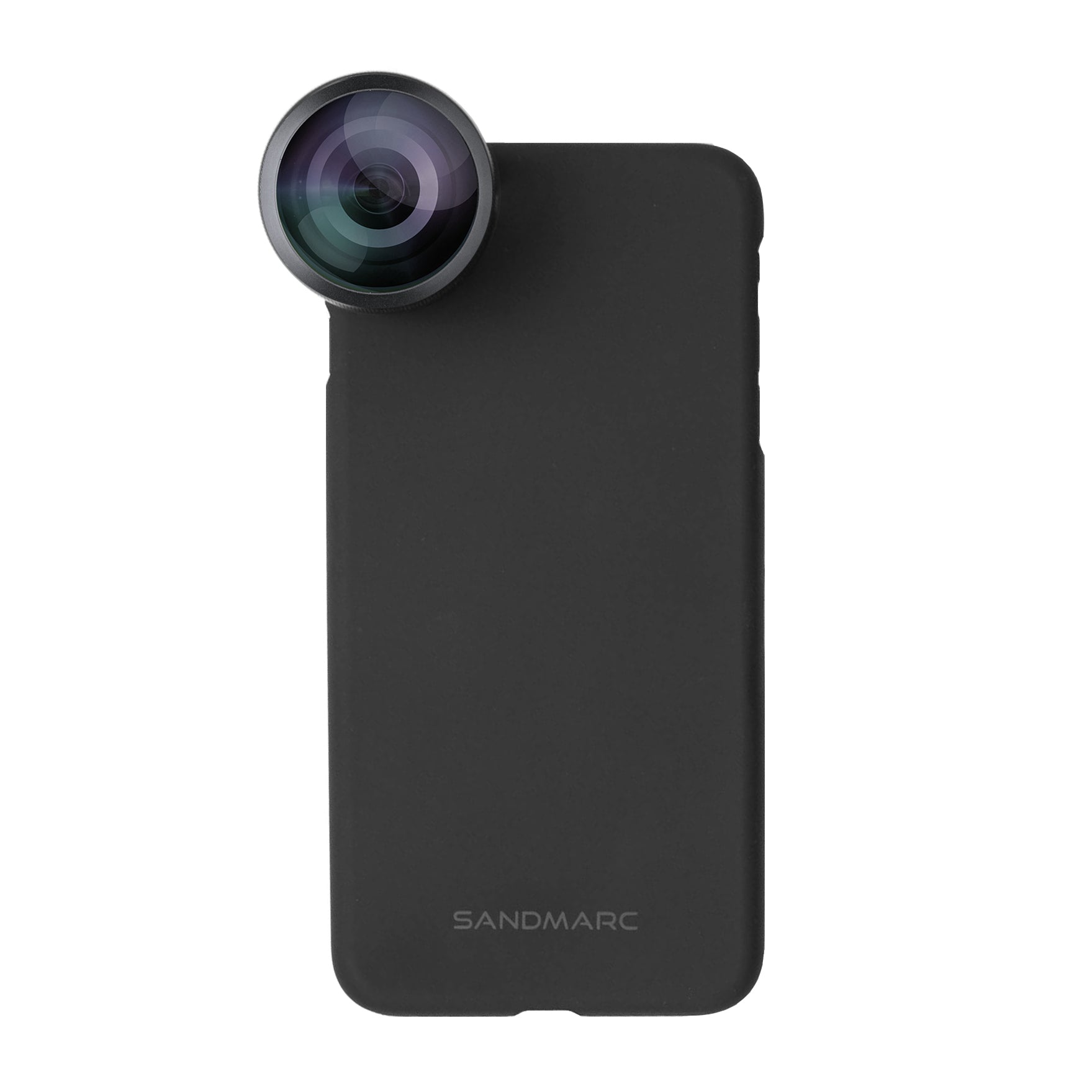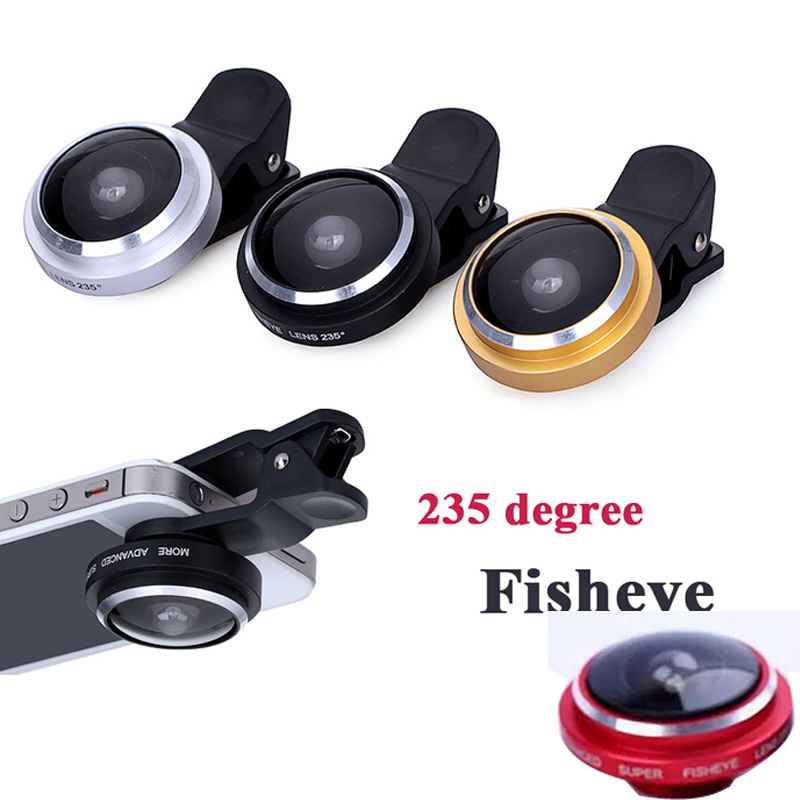

It may seem surprising, but a fisheye lens can focus quite close to an object, providing another way to isolate or highlight part of an image. For night landscape photography it can produce stunning images of the stars and milky way. Apply it to landscape or skyscapes: you can encapsulate a whole city centre in a single circular image. The original usage of a fish eye lens was to create large panoramic views at 180 degrees. They’ve become visual tropes and they fit within our expectations. | Credit: Hollie Mateerįisheye lenses can be used for any subject – the sky’s the limit, and it often is!Īs viewers today we’re used to seeing fisheye versions of some subjects and accept the distortions as part of the dynamic of the image. Standard wide-angle lenses take in a wide angle of view but try to record true horizontals and verticals and keep distortion to a minimum.ĭepending on the focal length, a wide-angle lens may have some ‘barrel distortion’ at the sides, but this is relatively small and can be reduced in post-processing.Ī fish eye lens makes a virtue of the problem of distortion by accepting the curvature in order to show a wider view of the world far beyond the range of normal sight.īecause of their ultra wide angle, fisheye lenses are ideal for capturing large architectural spaces. What’s the difference between a fisheye and a wide-angle lens? The objects they’re using in their tricks – such as stairs and rails – look bigger and more elongated, so the result is more impressive.Īnd what works for skateboarding works for many other sports as well – for example, snowboarding and surfing, the golfer driving off, divers and climbers, or basketball players jumping for the ball. Skateboarders appreciate the look a fisheye lens gives. On the practical side of things, a fish-eye lens is much less likely to lose track of the moving athlete as they ‘kick flip’ or ‘grind a ledge’ at high speed. The curved sides of the lens element give the image an encapsulated look – the athlete being in a world of their own that we are not a part of.

#Iphone fisheye lens full
The fisheye enhances the height above the ground showing the figure against the sky, and we see the full body shape without interference from confusing background elements. Photographers and filmmakers often use fisheye to capture the dynamic movement of skateboarding.

However, there are a few examples of zoom fisheye lenses – we cover these and more in our list of best fisheye lenses later in this article.
#Iphone fisheye lens manual
Many fisheye lenses are manual focus – but with such a wide angle view, and as you’ll often be shooting at narrower apertures, getting sharp manual focus with a fisheye isn’t too taxing.įisheye lenses are usually prime lenses, so there’s no zooming in or out – you have to do the moving to get into a good position. The field of view is reduced, though still extremely wide.


 0 kommentar(er)
0 kommentar(er)
